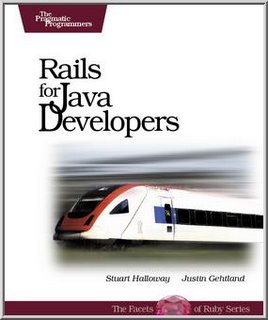Manual Reverse Geocoding

So this guy's letter was delivered without an address- just a map. Reverse geocoding at work. Humans rock- it's dead hard to get a computer to do this. Actually, maybe I should just say the the UK Post rocks, I can't see our USA civil servants doing anything with this besides sending it to the DLO or trying to arrest the person that sent it for subversive activities.
One of the worst experiences in my life was spending three days geocoding a dataset of points for Wien (aka Vienna, Austria) with ArcView 2.1. (ArcView would try to suggest a point, and I would try to move it to the right place.) House numbers there don't follow a very organized pattern, and I hope the errors I inevitably must have made didn't get anyone killed. Or didn't get the wrong person killed, or anything like that.
link via: /usr/bin/girl , which incidentally is one of the first blogs I ever read.

